JOIDES Resolution: The floating laboratory
by Ailsa Harvey · 23/02/2021
Meet the science ship that drills holes in the ocean floor to probe the story of the Earth
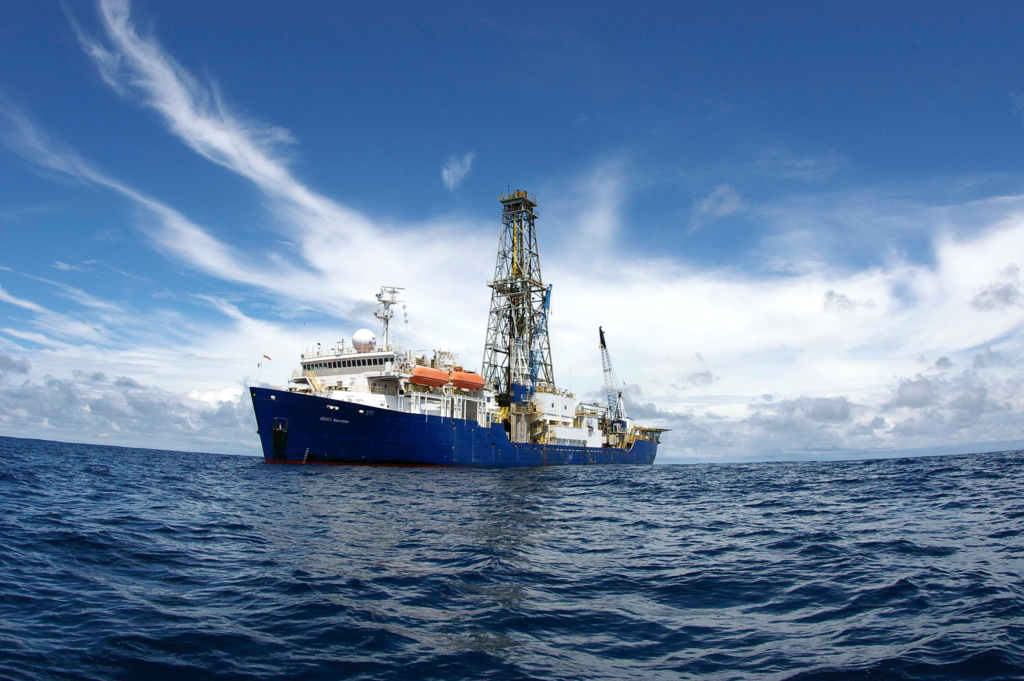
The history of the Earth is written in the rocks beneath our oceans. Dig down into its layers and you’ll find a record of our planet, and its climate, across millions of years. This geological history book could help us to predict our future, but unearthing this remarkable resource is no easy task. Enter the JOIDES (Joint Oceanographic Institutions for Deep Earth Sampling) Resolution.
This formidable vessel is a floating laboratory, measuring 143 metres from bow to stern and weighing 16,000 tonnes. It has a crew of 125 and carries a tower, called a derrick, that reaches 62 metres above the water, beneath which hangs a powerful ocean-going drill. Its job is to bore into the sea floor, retrieving cylinders of sediment called cores. Each one is a vertical slice of Earth’s history, with the most recent sediments on the top and the oldest at the bottom.
Powered by a motor on the derrick, the drill can pass through more than 1,600 metres of seabed. It reaches the ocean floor on a string made from hollow nine-metre pipes, joined end-to-end. Each one weighs almost a tonne. As the drill turns, layers of ocean sediments pass into plastic tubes, called core barrels, inside the drill string.
Every time the JOIDES Resolution goes out on an expedition, it has a specific scientific objective to achieve. This often involves drilling down to reach sediments from a particular point in Earth’s past. On deck a team of scientists are ready to make sure the ship is on target, and they’ve got a whole suite of floating labs to help them. The core barrels travel up through the drill string and onto the catwalk, right outside the core lab. Here technicians clean the plastic barrels and cut them down into 1.5-metre pieces. These pieces then sit in racks inside the lab until they reach room temperature. When they’re ready they go through machines that measure their density, magnetism and acoustic velocity – the speed sound travels inside them. This gives the scientists a general idea of what’s inside.
Next the team split the cores lengthways: half of the core stays whole so the scientists have a record of where all the parts came from, and the other half is chopped up for further testing. The team need to be quick; as soon as the sediments are exposed to the air they start to change.
Rock experts called sedimentologists look at the intact half of the core in detail and describe everything they can see. Then stratigraphers and micropalaeontologists get to work on the samples. These fossil scientists specialise in ancient plankton, and the species they see under their microscopes can tell them how old the sediments are.
Chemists also look at the samples, probing for changes to the calcium carbonate from fossil shells and the carbon from living things. This can tell them what has happened to the sediments since they were first deposited. They also perform safety tests to stop the drill team from striking dangerous oil or gas deposits. They look out for chemicals called hydrocarbons – a sign that the drill might be getting close to fossil fuels.
Back on deck when the core collection has finished, the team send instruments down the drill hole, a technique called ‘downhole logging’. Sometimes pieces of the core can go missing. Looking back into the hole helps them to line the fragments up, making sure that the record is in the right order. When an expedition ends the data collected, and the cores themselves, become available for scientists across the world. Kept safe in giant fridges, these precious samples are helping to answer questions about Earth’s history, and to predict its future.
6 discoveries by the JR
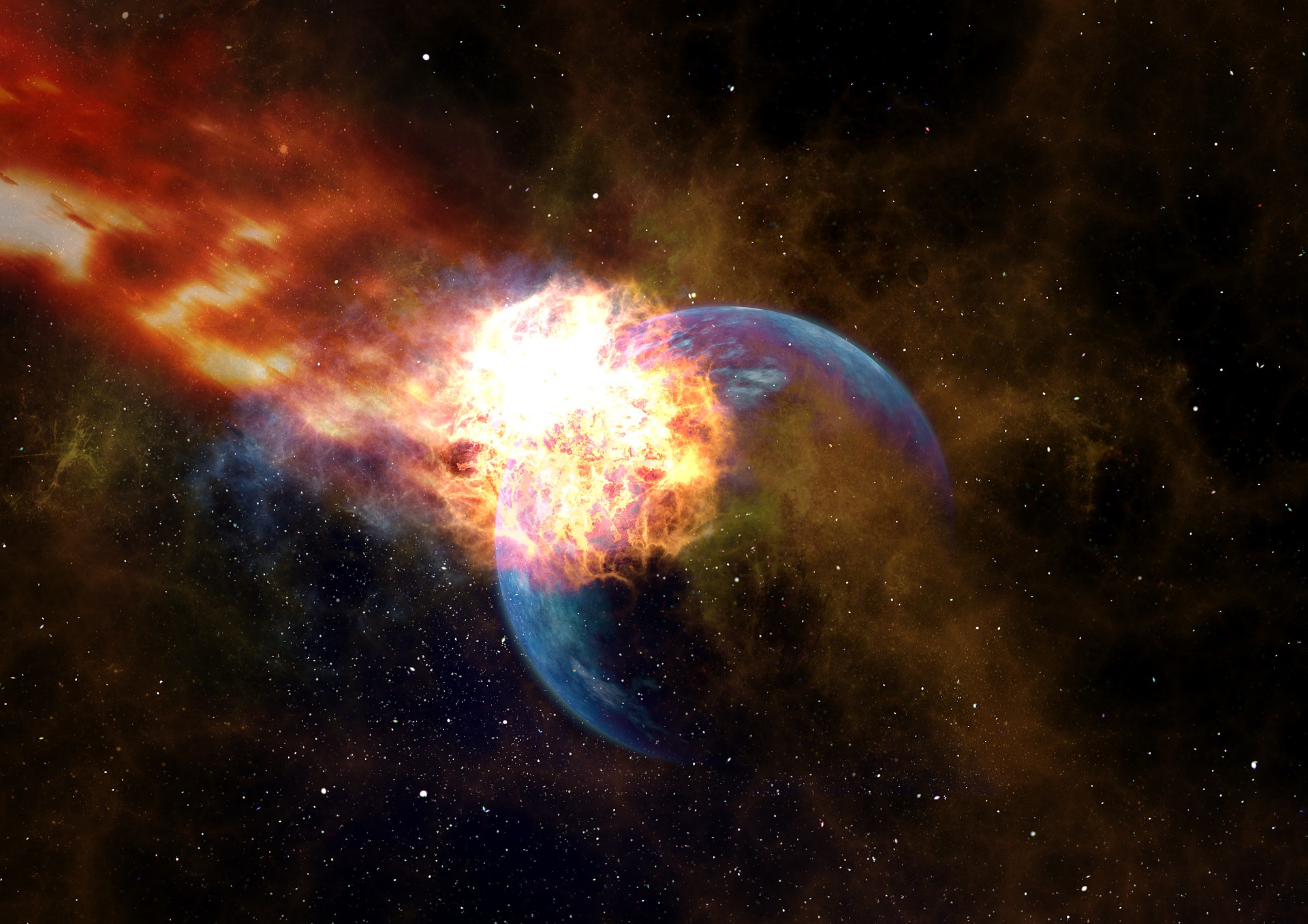
Dinosaur death record
When the JR drilled into the crater left by the dinosaur-killing asteroid, the sediments revealed the aftermath of the impact. First there’s a layer of glass, then a layer of ash, then all the large plankton fossils disappear. (Image credit: Gerd Altmann/Pixabay)
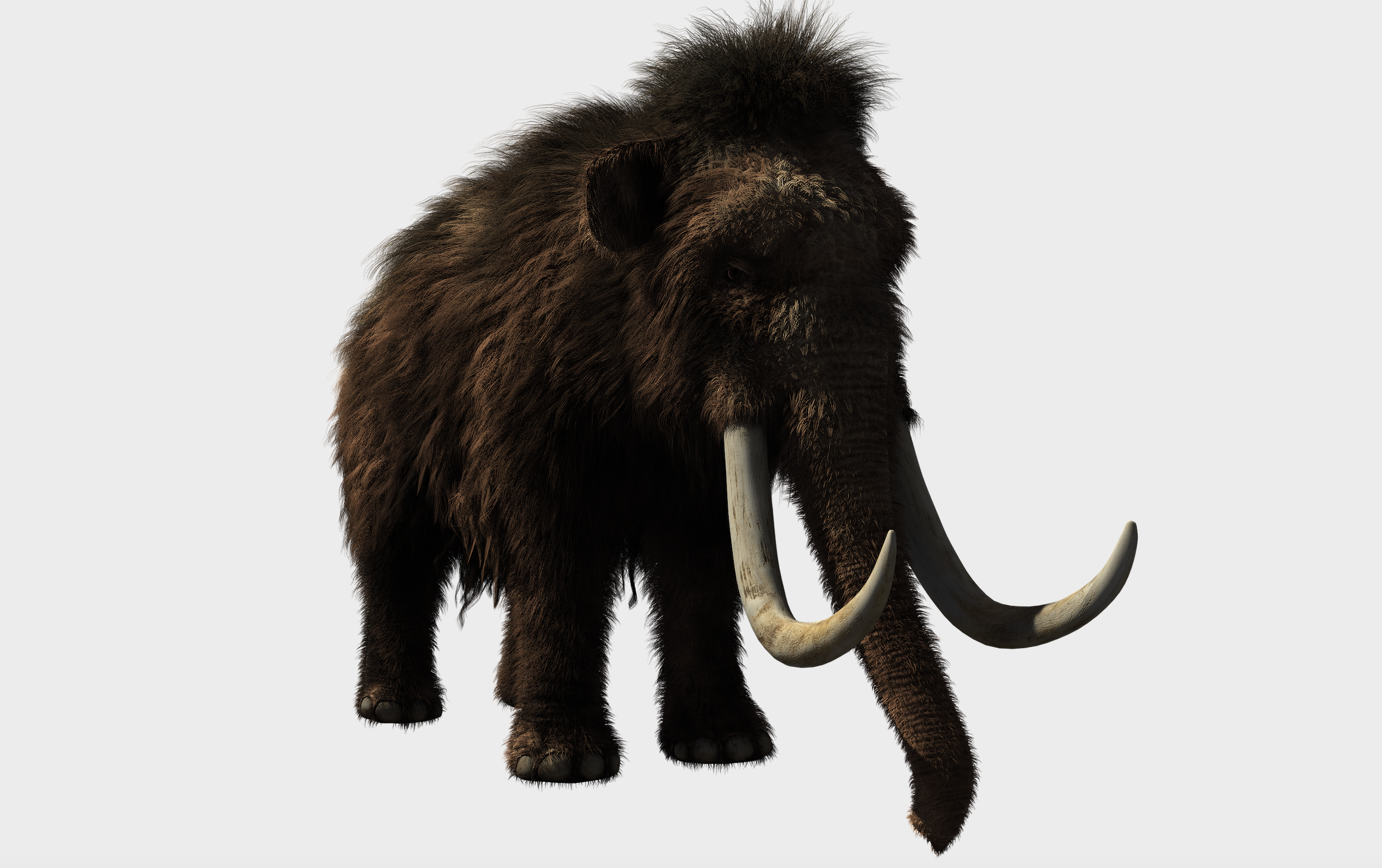
Mammoth-killing mega floods
At the end of the last ice age, melting glaciers triggered waves of catastrophic flooding. Sediments collected by the JR contain the pollen and spores that washed out to sea as water rushed over the land. (Image credit: Tony241969/ Pixabay)
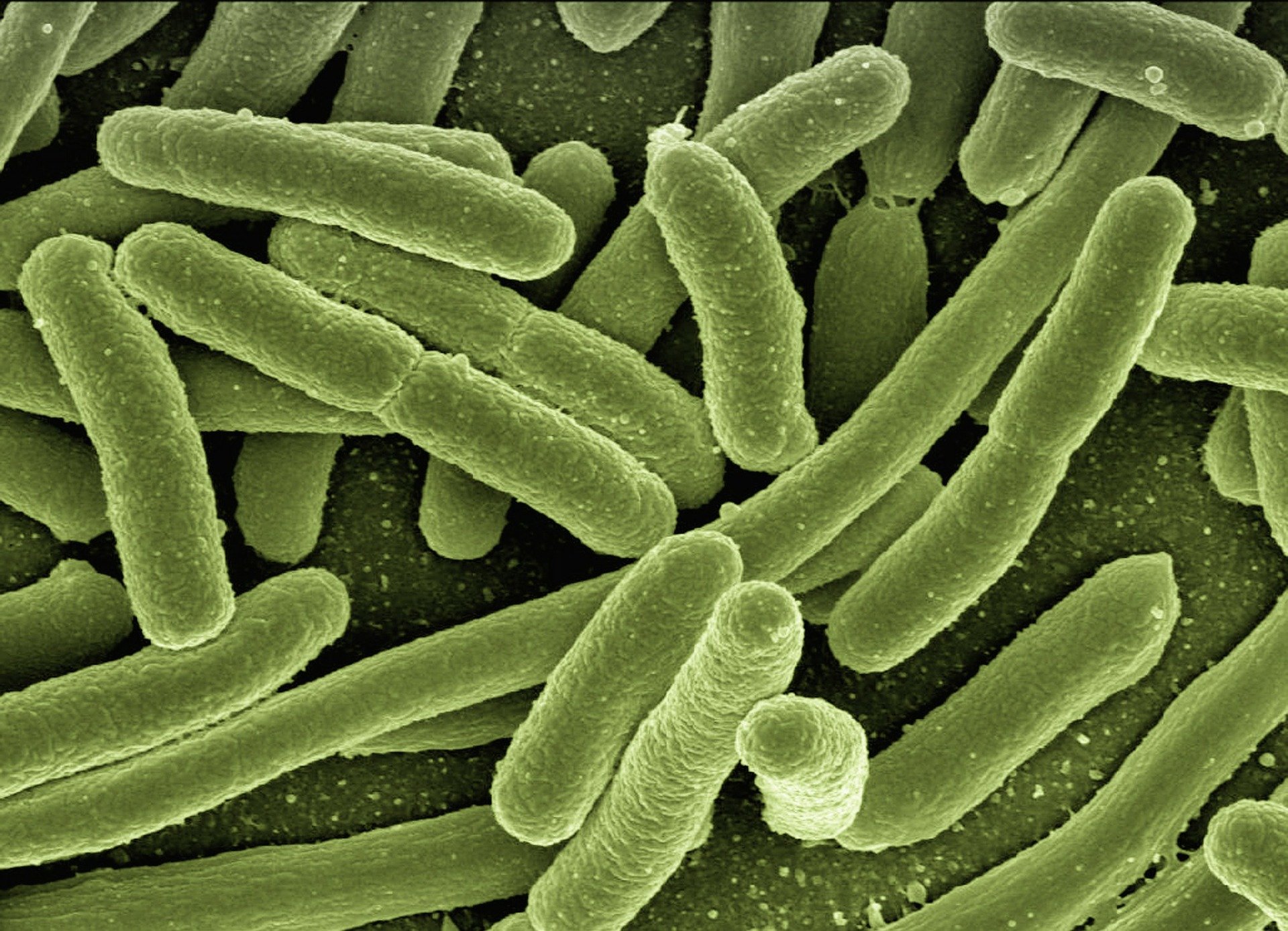
Pollution-munching microbes
Sediments retrieved by the JR contain billions of tiny fossils. JR scientists have also found strange organisms living under the sea floor, including microbes that eat oil and bacteria that make electricity. (Image credit: Gerd Altmann/ Pixabay)
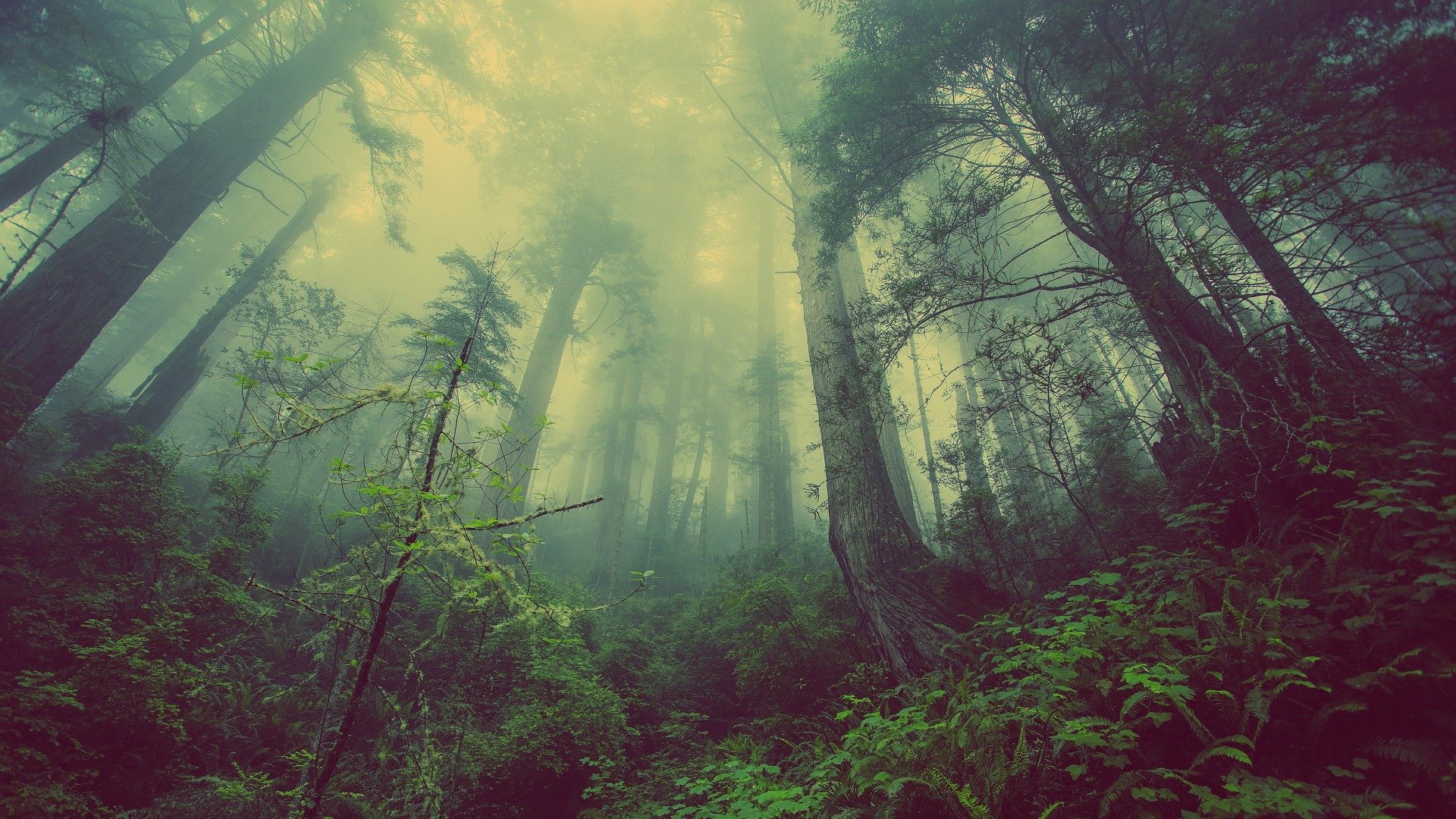
Trees buried at sea
JR scientists drilling in the Bay of Bengal found 19-million-year-old wood chips from trees that grew high in the Himalayas. They think melting glaciers tore the mountain plants from the ground and buried them. (Image credit: Free-photos/Pixabay)
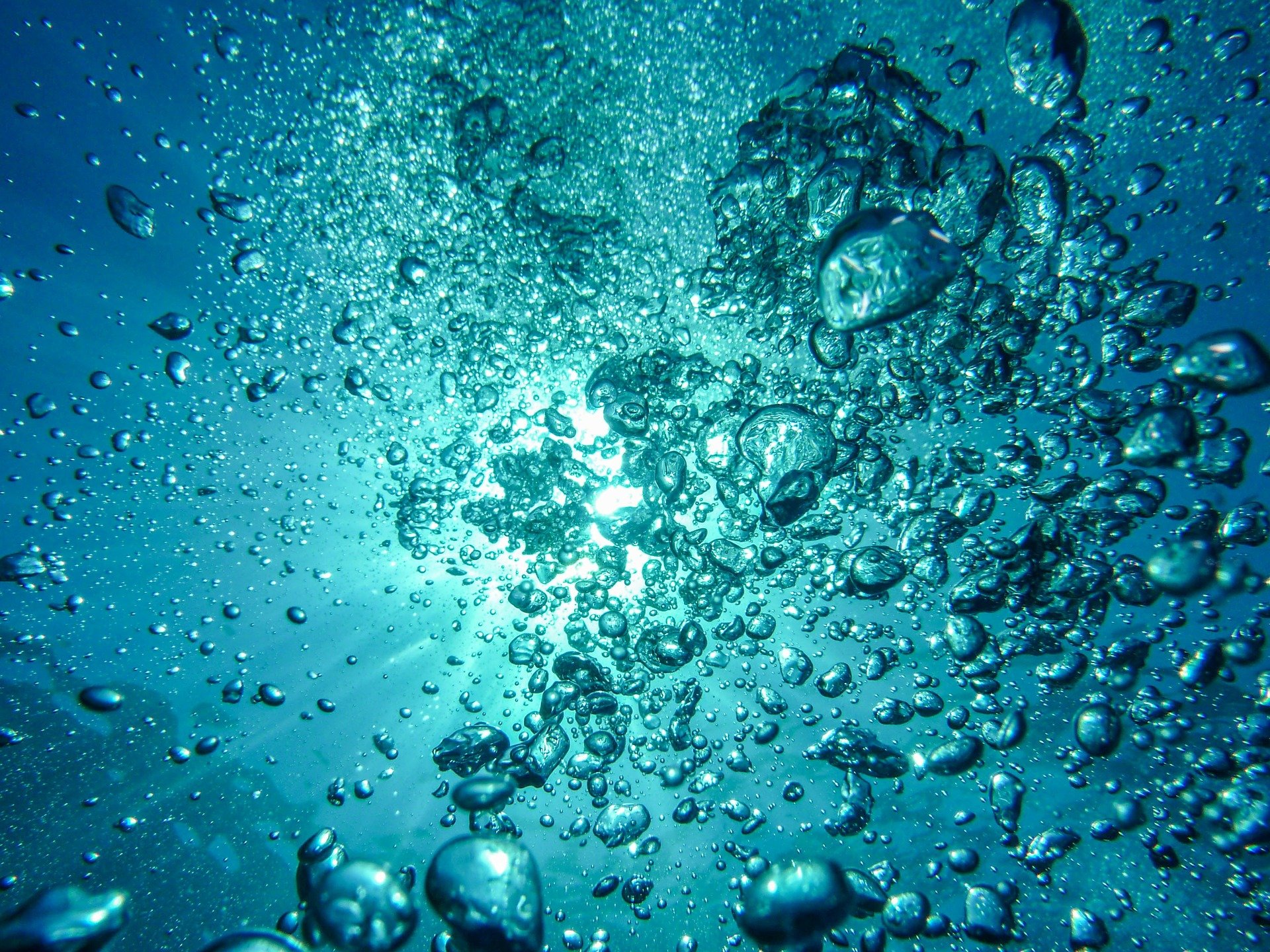
Pockets of ancient water
The sediments retrieved by the JR are mostly solid, but not always. An Indian Ocean expedition recovered pockets of ancient seawater. These salty bubbles reveal what the sea was like during the last ice age. (Image credit: Martin Str/ Pixabay)
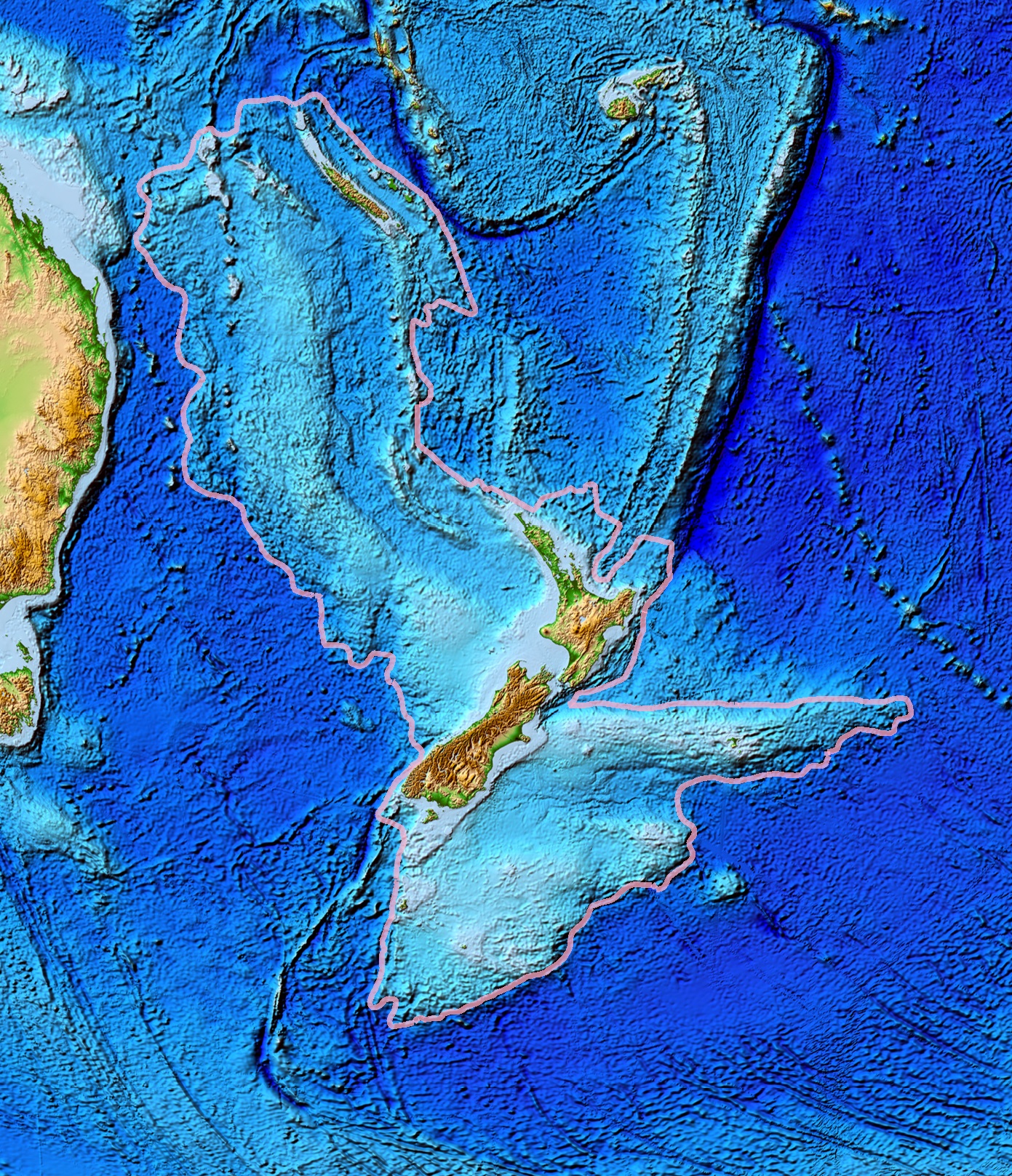
A lost continent
The lost continent of Zealandia is buried beneath the South Pacific, but it wasn’t always underwater. Sediments retrieved by the JR revealed that the seabed folded around 80 million years ago, plunging this forgotten land into the ocean. (Image source: NOAA/Wikimedia Commons)
This article was originally published in How It Works issue 133, written by Laura Mears
For more science and technology articles, pick up the latest copy of How It Works from all good retailers or from our website now. If you have a tablet or smartphone, you can also download the digital version onto your iOS or Android device. To make sure you never miss an issue of How It Works magazine, subscribe today!




